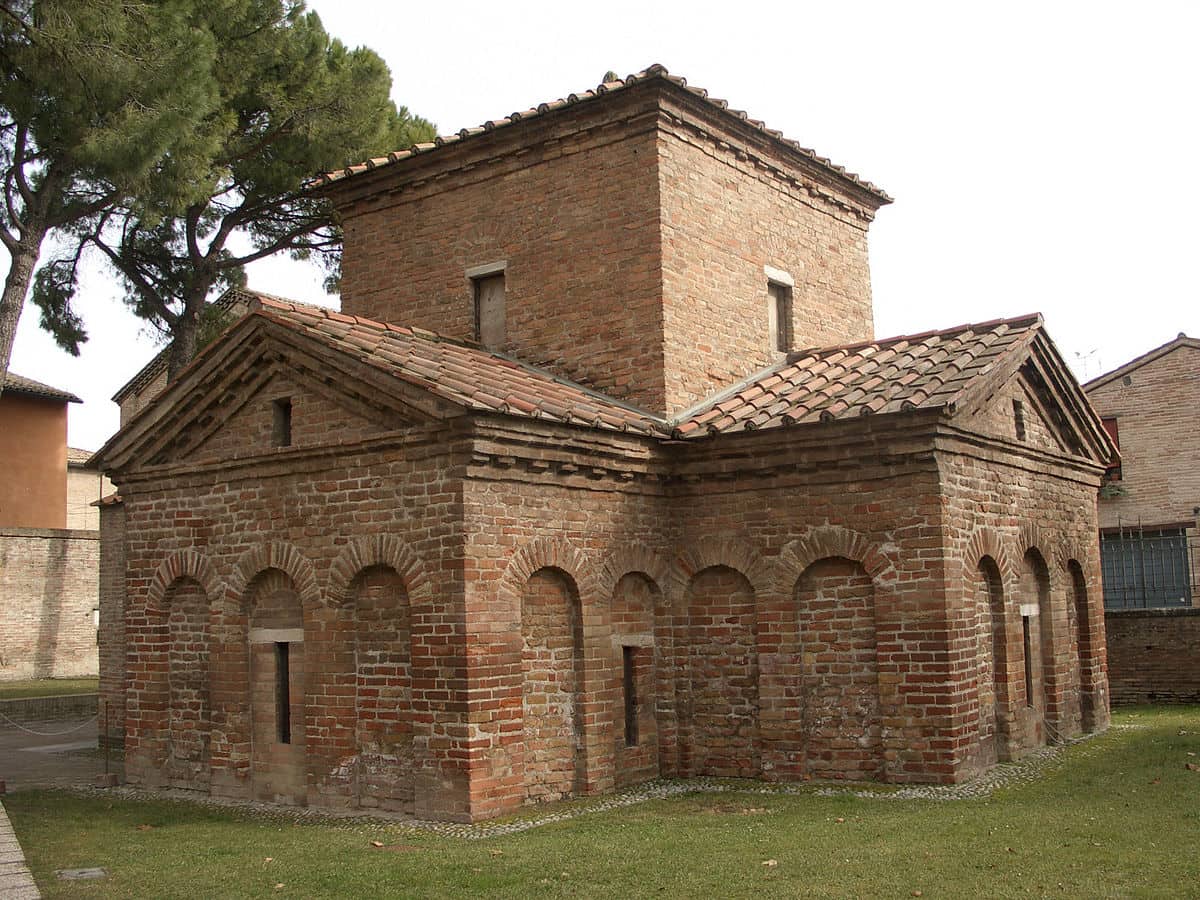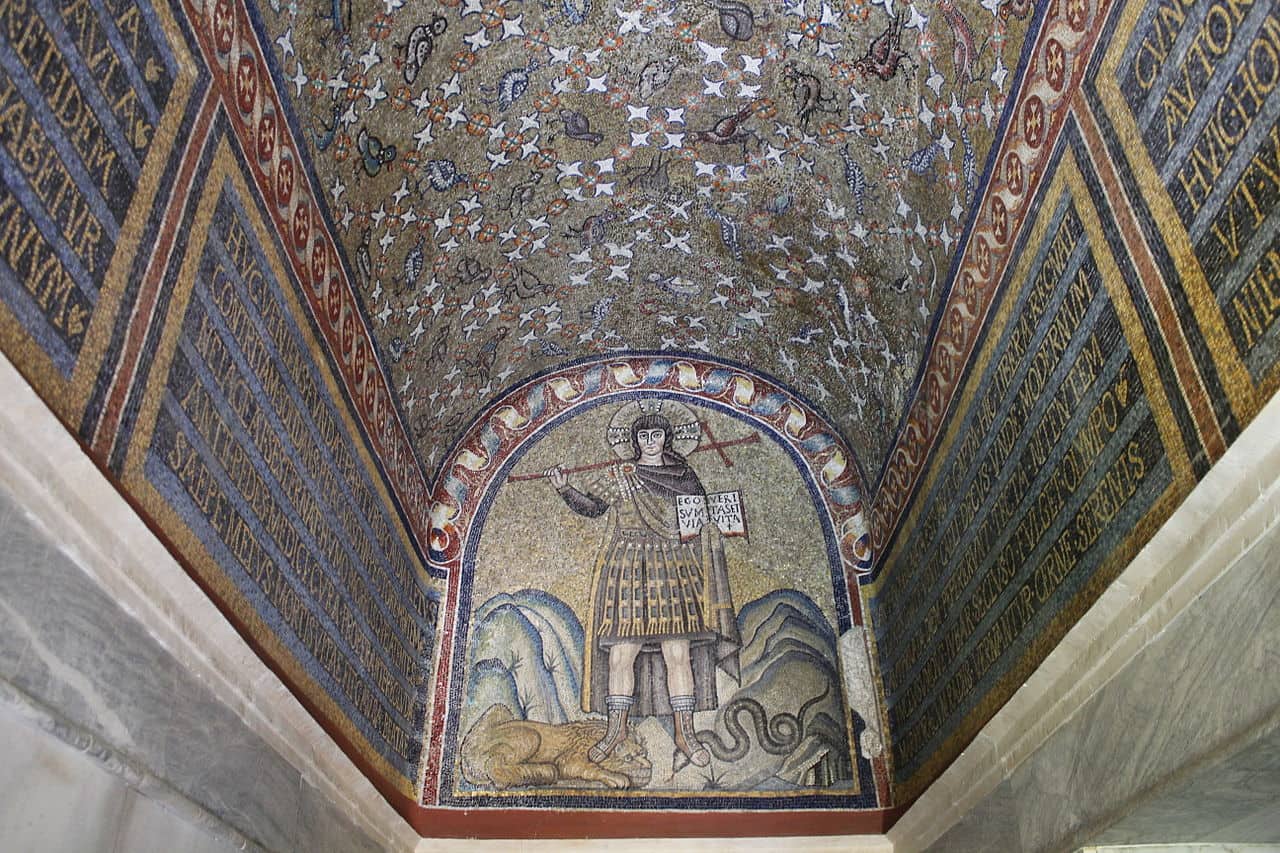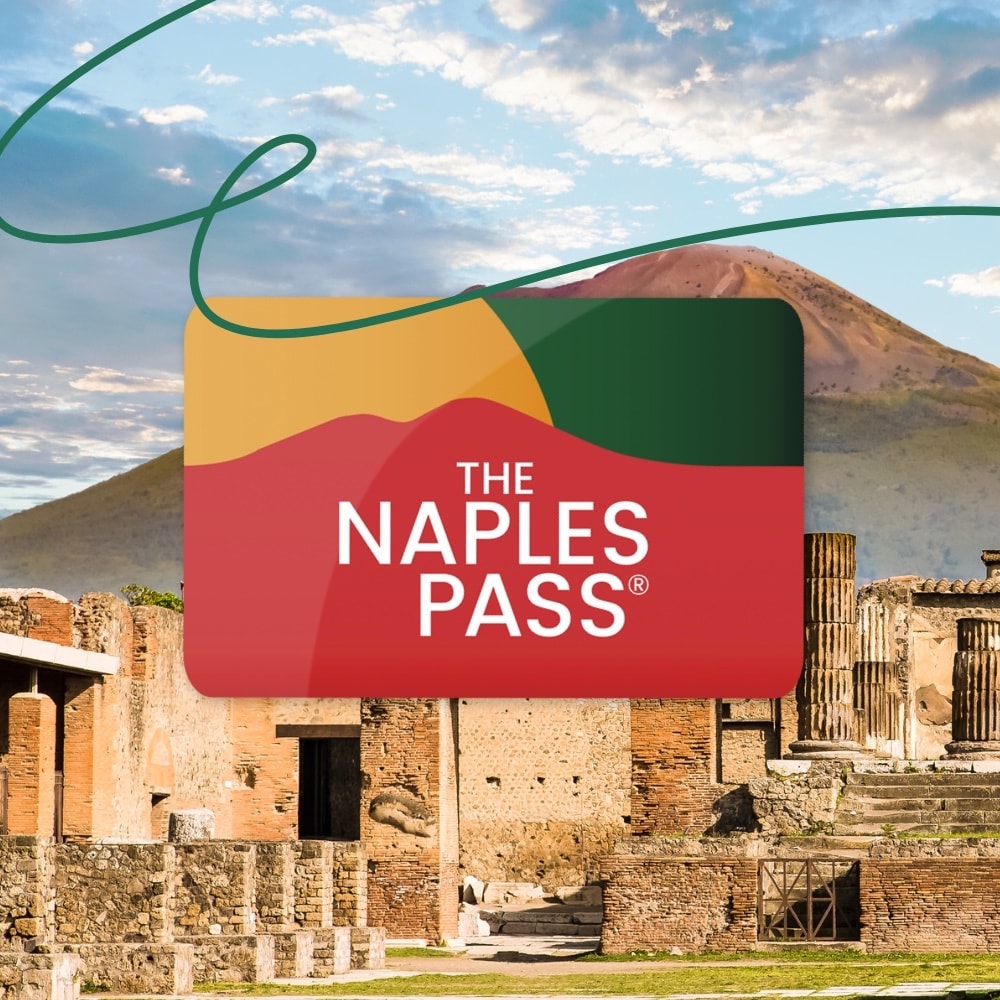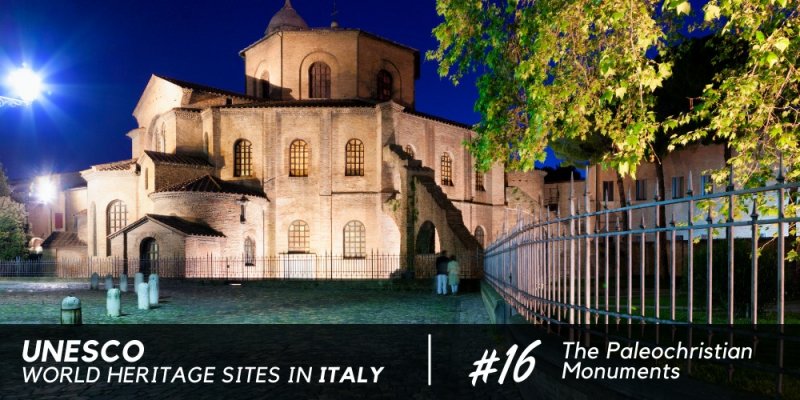Early Christian monuments in Italy: Ravenna, a Unesco heritage city
The history of early Christian art in Italy has a precise date. It was the year 313 when the Roman emperor Constantine granted Christians freedom of worship.
It was a moment that inevitably changed not only the history of the time, but also the history of today, both in Italy and in Europe.
From that moment onwards, the way of living and understanding the "new" rising faith also changed: from pagan temples to the construction of "basilicas", ancient places of legislation in Roman times that became taken as an example, to create places of faith and over time real monumental works.
This is why when we speak of early Christian art we describe everything that was created and built in the very first centuries after 313, the period that saw the spread of Christianity. In addition to basilicas, catacombs, halfway between cemeteries and places of worship, also spread, and new artistic techniques were refined, such as mosaics, which today make the splendid monuments of the city of Ravenna famous. So much so that they are celebrated as World Heritage Sites.

Early Christian monuments in Ravenna: all the places of beauty
Ravenna itself is certainly made famous by the presence of great early Christian monuments, which UNESCO included and recognized as World Heritage Sites on 7 December 1996.
The beauty of the place is rendered by about 8 large monumental structures dating from the 5th to the 6th century: we are talking about the Basilica of Sant'Apollinare Nuovo, the Mausoleum of Theodoric, the Basilica of San Vitale, the Basilica of Sant'Apollinare in Classe, the Mausoleum of Galla Placidia, the Neonian Baptistery, the Arian Baptistery and finally the Archbishop's Chapel. Let's try to discover them in detail
The Mausoleum of Galla Placidia

Our journey into beauty begins with a building linked to the name of Galla Placidia, sister of Emperor Honorius, son of Theodosius. The building, with its simple lines, is the perfection of masses and architectural bodies that intertwine harmoniously with each other. The interior, on the other hand, is characterized like all the other early Christian monuments in Ravenna by bright colors and religious images composed using the mosaic technique. Of great interest are the mosaics of the lunettes (the portion of a wall under a barrel vault) in which warm colors such as gold, browns, and oranges contrast with the wonderful shades of blue, creating a luminous effect of great effectiveness, also considering the era.
The Neonian Baptistery, or 'of the Orthodox'.
This large baptistery, dedicated to St John in Fonte, is also known as the "Neonian" baptistery in honor of its founder, Bishop Neon, or as the baptistery of the Orthodox, i.e. of all those who followed the "official" doctrines of the church, thus distinguishing it from the Arian baptistery, i.e. all those who denied Christ as divinity, following the doctrine of Arius. As with all great early Christian monuments, this one too is characterized by a very simple exterior, with bare brick walls, slightly animated by elements known as 'pilasters'. The building is easily recognizable by its octagonal shape and once inside by its splendid mosaics with a gold background, including 'The Baptism of Christ' placed right under the great dome. Also to be admired are the sculptural elements and the marble inlays that emphasize the splendor and spirituality of the ancient peoples of Italy.
The Arian Baptistery
Theodoric, the ruler of the Arian cult, decided to make two populations live together peacefully: the Goths of the Arian cult and the Latins of the Orthodox cult. He managed to do this while keeping the two peoples separate, building different districts with their respective places of worship.
So it was that Theodoric had a basilica built entirely for the Arians, now also known as the Church of the Holy Spirit, with a baptistery now called 'of the Arians' to distinguish it from the older Neonian baptistery 'of the Orthodox'. It is the only building designed with this function in Italy.
The Mausoleum of Theodoric
Theodoric was one of the great rulers who reigned over the Italian territory immediately after the fall of the Western Roman Empire (476 AD). His policies saw him engaged in both urban and rural reconstruction and redevelopment, which made him go down in history as 'a builder king' by clear fame. His great mausoleum, dating back to the 6th century and built of white limestone, is a masterpiece of ancient architecture, and its design was to 'redevelop' an ancient Gothic cemetery. Structurally, it is a marvel of geometry, where the decagonal base fits perfectly into the perfectly circular second floor enclosed by a lowered dome. An absolute must-see if you love history and ancient architecture.
St Apollinaris New
The great basilica, built towards the end of the 5th century, is architecturally similar to the great basilicas of the Constantinian era in Rome, but the lines and decorative style of the interior immediately lead us to the beauty of Byzantine art. In general, the structural composition is very simple, from the floor to the decorative style. Space is divided into three naves by two categories of Greek marble columns that acquire a particular impetus thanks to the introduction of a pyramidal element that we do not find previously. This is the so-called 'pulvinus', a clear example of the stylistic evolution of certain building elements that have existed since ancient Greece.
San Vitale
.jpg)
The basilica of San Vitale is the artistic monument that marks the golden age and the age of mosaic in Ravenna par excellence. It was built around 525 AD and consists externally of simple, geometric elements, immersed in the Ravenna area. From the outside of the structure, we can see a polygonal apse that is divided into two levels. If we saw it in the plan, it would correspond to two perfectly concentric octagons: the lower level coincides with the external perimeter of the building and integrates other compositional and functional elements inside. The interior, on the other hand, is an absolute spectacle of mosaic and sculptural decoration, also from the Eastern capital of Byzantium, now Istanbul.
Sant'Apollinare in Classe
The basilica was built in the 6th century near the ancient fortified port of Classe to house the relics of Saint Apollinare, later transferred within the walls of Ravenna. Originally, therefore, it must have been located near the sea, while today it is in a countryside area, also because the shoreline has been receding for centuries. Here too, of course, all the main features of early Christian architecture in Ravenna can be seen, with few visually disturbing elements outside. The circular bell tower, also built of brick, is splendid, with its brown colors emerging from the green of the countryside. The colors are also on the inside.
The archbishop's chapel

Our journey through the beauty of these places ends with the only Orthodox monument to have been built during the reign of Theodoric. We are talking about the Archiepiscopal Chapel, also known as St Andrew's Chapel and built-in 495. The chapel has a classic cross-shaped plan, with a vestibule made entirely of marble in the lower part and extraordinary unique mosaics in the upper part. An absolute masterpiece of Italian art history.
About the author
Written on 24/05/2021




Emanuele Castellano
The main early Christian monuments of Ravenna, a city that became a UNESCO World Heritage Site in 1996. Among the most important sites to see: Basilica of Sant'Apollinare Nuovo, the Mausoleum of Theodoric, the Basilica of San Vitale, the Basilica of Sant'Apollinare in Classe, the Mausoleum of Galla Placidia, the Neonian Baptistery, the Baptistery of the Aryans and finally the Archbishop's Chapel.